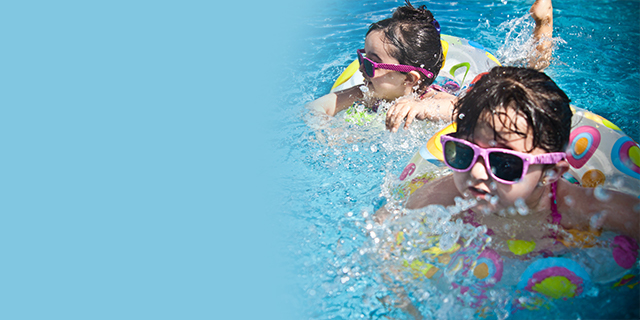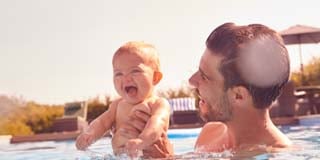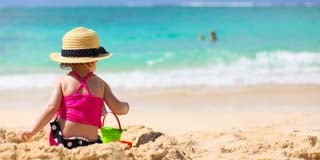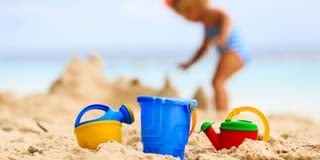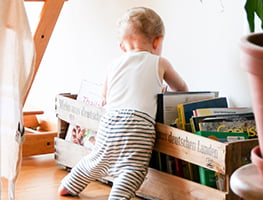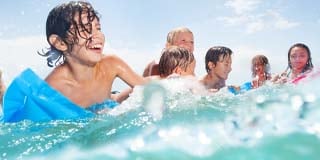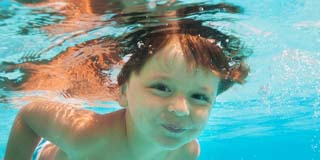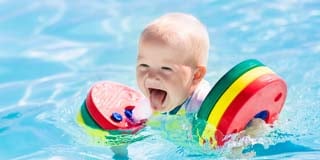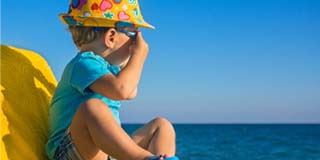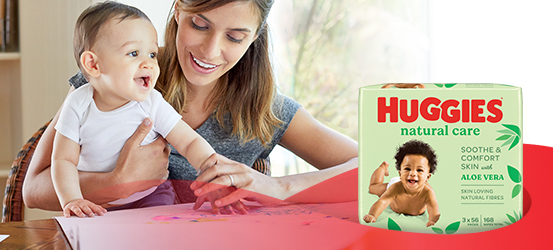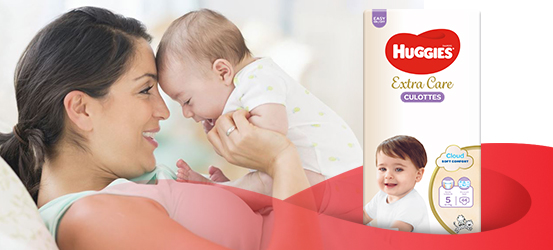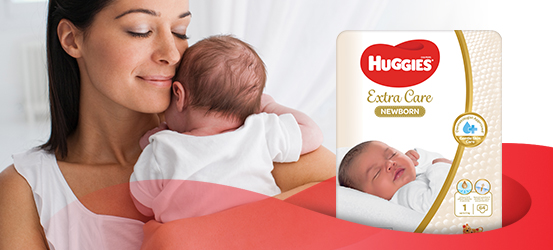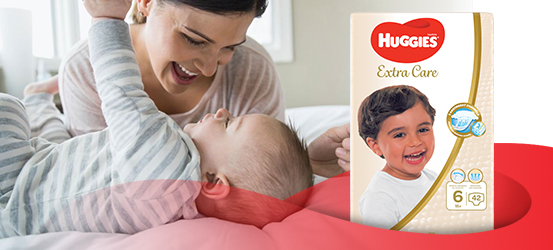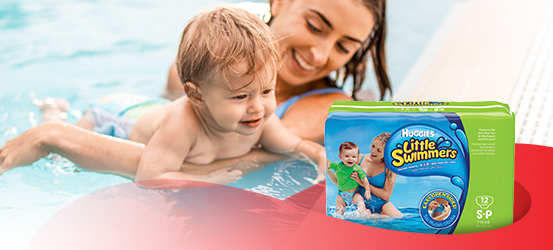To help prevent any accidents occurring in your pool at home, you need to put in place some swimming pool rules that you and any children using the pool should abide by. You can get these rules printed on a big sheet of paper, laminate it with plastic, and place it at the entrance of the pool.
You should also get your child to learn some of the most important swimming pool rules and encourage them to stick to these rules when swimming in places other than your home pool. The following are some examples of basic safety rules in and around water:
Never leave any child unsupervised around the water.
If you must leave the pool area, take your child with you.
Make sure the swimming pool is securely fenced, and the gate is always closed to keep little wanderers safe.
Always leave your filter covered, so your toddler can’t get into it or little hands get stuck!
When the pool is not being used, collect all of baby’s toys and other floating equipment that might attract curious eyes.
Never leave your little one in the pool with floating equipment unless you are directly supervising.
Consider taking a children’s CPR course from an organisation such as St John’s Ambulance’s Family and Friends First Aid for Children to better equip yourself with CPR skills in case of emergency.
Ensure that there is a resuscitation chart like CPR for Baby which you can download from the Resuscitation Council of Southern Africa. See here for more chart downloads - Memory Cards for CPR.
It is essential that children are taught to swim from an early age, so they are aware of the dangers of water and are cautious when around swimming pools
Some things to think about
It can be very enjoyable for both you and your baby to share the family pool, but it’s important to make sure your baby is safe. While babies enjoy being in the water, they cannot keep themselves safe, so make sure you are able to lift your baby out of the water at all times.
The pool water needs to be safe enough to drink because all babies will swallow some water while they are in the pool. Also, make sure the pool water is at its optimal temperature (31.5 – 33°C) – your little one can become too cold or too hot easier than older children and adults.
You should always do a couple of things when you have a home pool to keep your swimming area as safe as possible. Keep rescue equipment and a phone close to the pool at all times. You should have the pool area lit at night. Your pool chemicals are generally very toxic and should be kept well out of your children’s reach.
Never rely on a pool fence to keep curious little ones away from a pool – many drownings happen because it creates a false sense of security. Also don’t think that only having a pool net over the pool is a safety measure. Note: no semi-solid or solid cover is a guarantee for safety!
Here are some tips to make your pool safer:
Install a subsurface pool alarm – it will alert you if a child (or even family dog) enters the pool without your notice.
Have an SABS approved fence with a lockable, self-latching spring-loaded gate.
If you have a safety net – ensure that it is well-fitted to keep a child above water – all over the surface of the pool and that there are no gaps for little ones to slip through.
To ensure that your pool is clean while little ones are learning to swim, outfit your little one with a proper swimming nappy like Huggies® Little Swimmers.

